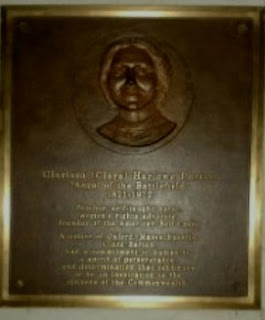Historical Profile: Henry Hobson Richardson
Henry
Hobson Richardson (1838 – 1886) was a well-known American architect. Richardson designed building in several cities
including: Albany, Boston, Chicago, Cincinnati, Hartford, and Pittsburgh. He is credited with creating the “Richardson
Romanesque” architectural style.
Richardson is also considered part of the trinity of American
architecture along with Louis Sullivan and Frank Lloyd Wright.
Richardson
had numerous acclaimed architectural designs.
He designed: commercial buildings, commuter railroad station buildings, churches,
public libraries, and single-family houses.
Richardson’s
most notable works include: The Buffalo State Asylum (1869) in New York; The Trinity
Church (1872) in Boston; Albany City Hall (1880); Sever Hall (1880) at Harvard
University; Oakes Ames Memorial Town Hall (1879) in North Easton, Massachusetts;
and the New York State Capitol building (1875) in Albany.


This is the first time I had heard of Henry Hobson Richardson, even though I have attended The Trinity Church and may have taken a course years ago in Sever Hall. His works are impressive.
ReplyDeleteThank you for your comment Sybil. Henry H. Richardson's architectural work have left a lasting legacy on several cities in the U.S.
ReplyDelete-Steven Gilchrist